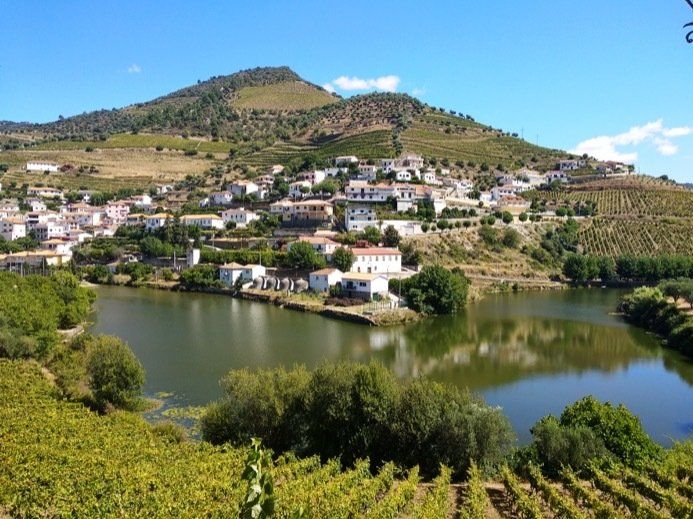Join us for an immersive 8-hour private tour from Porto to the enchanting Douro Valley, renowned as the birthplace of Port wine and recognized as a UNESCO World Heritage site since 2001. The valley's unique geography, shaped over centuries by dedicated farmers, boasts picturesque vineyards nestled on the hillsides, creating an atmosphere steeped in captivating beauty.
Our journey begins in the delightful town of Amarante, followed by a drive into the breathtaking Douro Valley, where stunning vistas unfold at every turn. We'll then make our way to the village of Pinhão, the heart of the valley, where you'll have free time to enjoy lunch (not included) before we set sail on a traditional "rabelo" boat for a scenic one-hour ride along the river.
Afterward, we’ll visit one of the finest wine estates, beautifully situated in the Douro Valley. As we make our return to Porto, prepare to be amazed by the stunning views along the way, particularly on the National Road 222, celebrated as one of the world's best driving roads.
Exclusive Tours and Day Excursions in Douro
Enjoy a personal local guide, wine tasting, boat ride, and transportation included.
- Season: All year
- Scheduled days: Available Daily. (Subject to availability)
- Departure time:
From 8 am or choose your ideal departure time. (Subject to guide availability)
- Duration: Approx. 8 hours
- Pick up point: From your accommodation in Porto city, Porto cruise port.
- Return point: To your accommodation in Porto, and Porto cruise port.
- Included:
Private Mercedes vehicle with driver/guide, winery tour and boat ride. Plus free time
- Not included: Gratuities, food, drinks and all other expenses.
Surprisingly, Port is a British invention rather than a Portuguese one. Due to Britain's unsuitable climate for growing grapes, the country originally imported wine from France. However, during conflicts with France in the 17th and 18th centuries, Britain boycotted French wines and sought alternatives. At that time, the wines from Portugal often struggled to endure the lengthy sea voyage to England.
The process of making port began somewhat by chance when two brothers fortified the wine with brandy to preserve its quality during transit to England. This method allowed the wine to take on the rich flavors of the oak barrels, which the English soon came to enjoy. Over the following centuries, the British refined the art of port production, which is why many port brands have distinctly British names like Taylor, Croft, and Graham.
In 1703, the Treaty of Methuen reduced tariffs on Portuguese wines, leading to a surge in the popularity of port. By 1756, the Portuguese Marquês de Pombal officially defined the Douro region, marking the first wine designation in Europe. From then on, authentic "port wine" could only originate from this area, adhering to specific production standards, similar to how "Champagne" refers exclusively to wines from a particular region in France.
In the 19th century, the Douro Valley and much of Europe were ravaged by an insect called phylloxera, leaving behind visible remnants of "dead" terraces, overgrown with weeds and dotted with olive trees. During the outbreaks, harsh chemicals were used on these terraces, contaminating the soil and making it unfit for grape cultivation. Some terraces remained untreated as Portuguese vintners abandoned their efforts. After struggling to produce viable grapes for over a decade, many sold their land to British firms willing to wait for a solution. Eventually, the introduction of phylloxera-resistant American rootstock across Europe allowed port production to restart, now on British-owned estates.
Today, Porto and the Douro Valley attract a significant number of British tourists. While largely undiscovered by Americans, this region has become a cherished destination for wine enthusiasts from the UK.
Please contact us regarding prices and tours.



